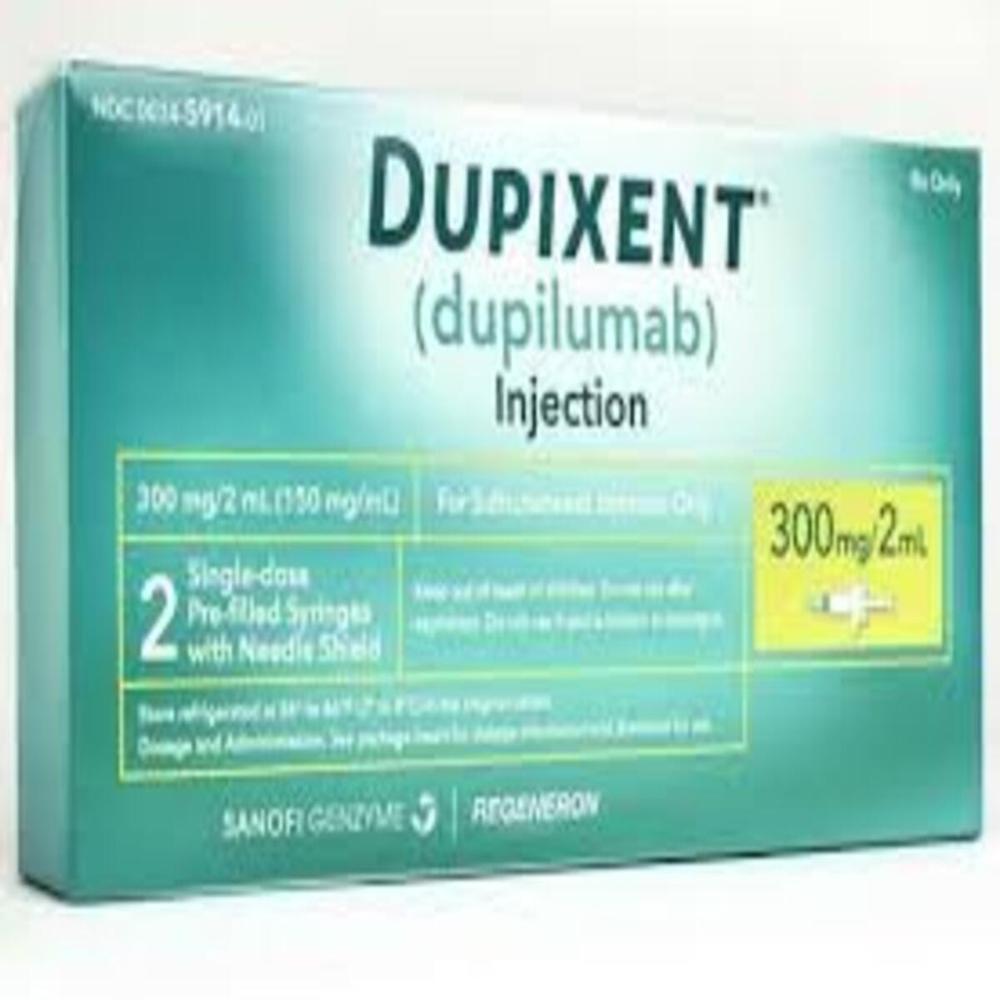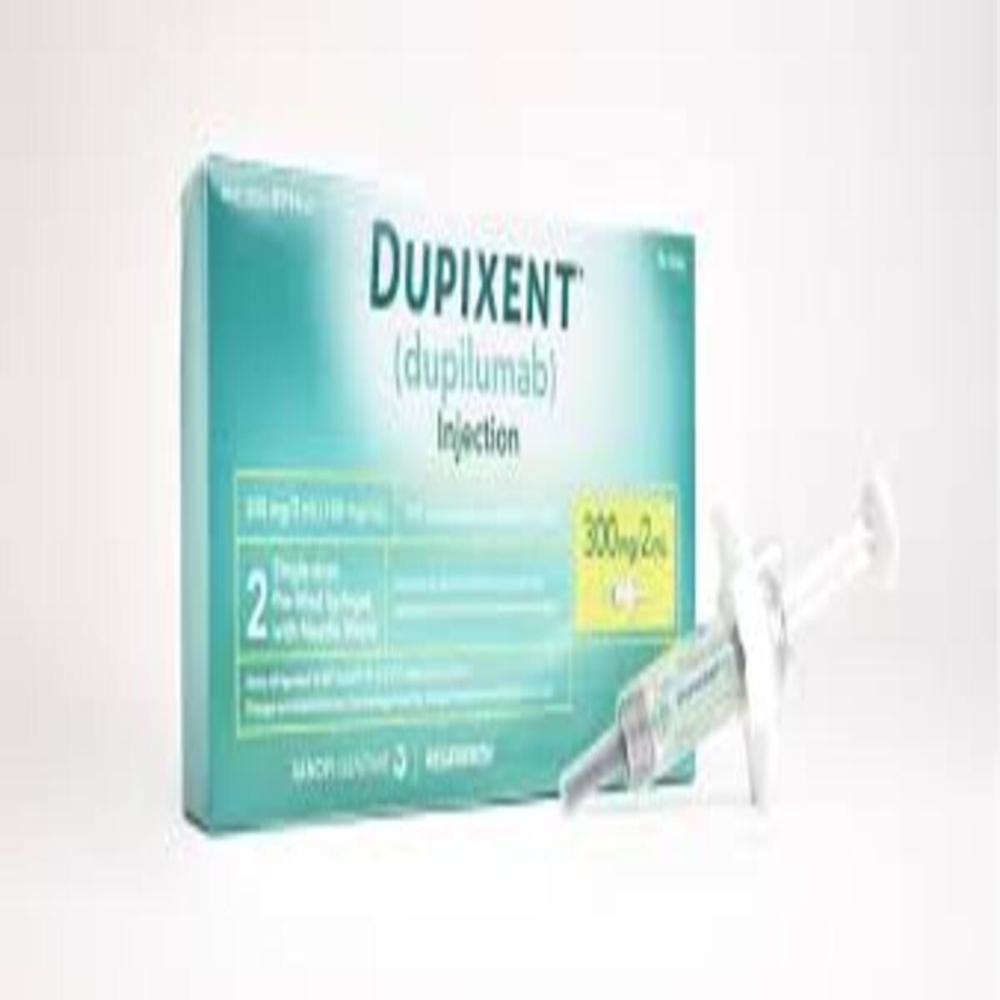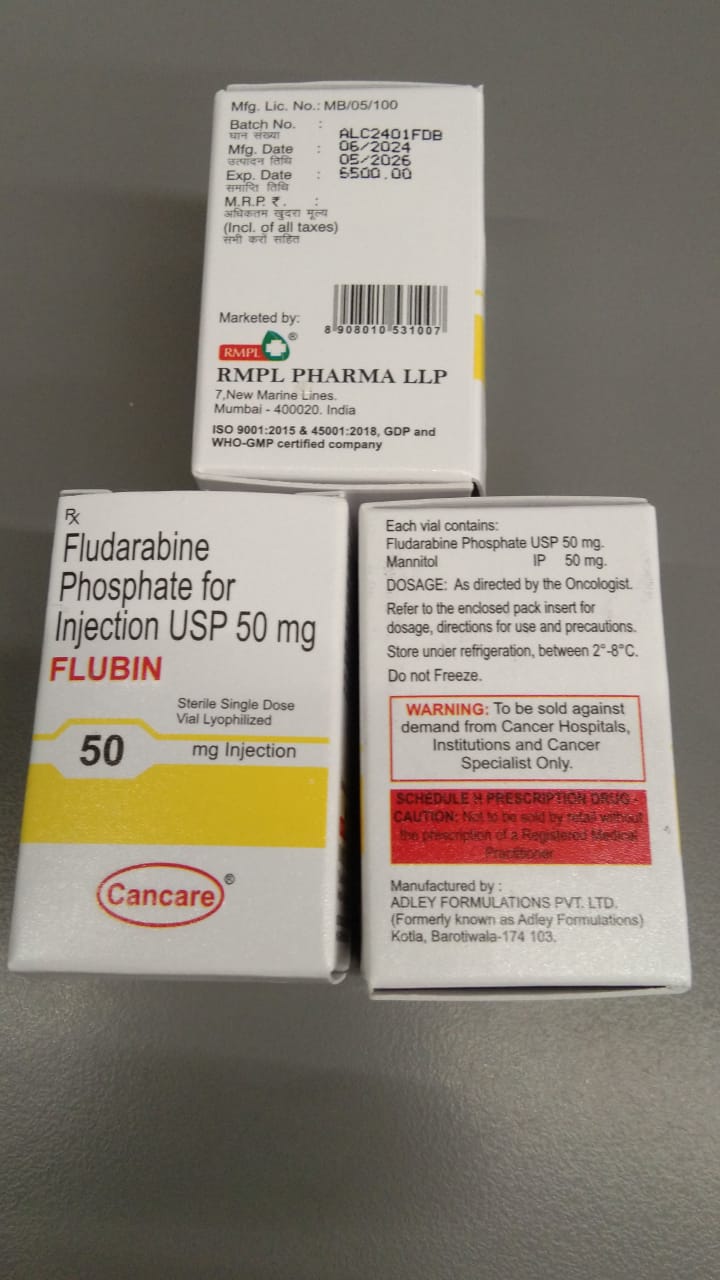- होम पेज
- कंपनी प्रोफाइल
-
हमारे उत्पाद
-
- 100 मिलीग्राम बेवाकिज़ुमैब इंजेक्शन
- कैपनिया इंजेक्शन (सिप्ला)
- 1 एमजी आर्सेनिक ट्रायऑक्साइड इंजेक्शन
- नोवोमिक्स 30 फ्लेक्सपेन बाइफैसिक इंसुलिन एस्पार्ट
- ओज़ेम्पिक 1MG (सेमाग्लूटाइड)
- एम्बिलोन 50 मिग्रा
- ओप्रेसिन (वैसोप्रेसिन इंजेक्शन आईपी 20 यूनिट/मिली)
- प्रोस्टावर (अल्प्रोस्टैडिल इंजेक्शन आईपी 500 एमसीजी/एमएल)
- इंजेक्शन के लिए 100 मिलीग्राम अज़ासिटिडिन
- टर्टिसिन (टेरलिप्रेसिन इंज 0.1MG/ML)
- इंजेक्शन के लिए बेंडामिउस्टिन हाइड्रोक्लोराइड
- एक्टिलिस 50 मि. ग्रा
- NEOHMC (मेनोट्रोपिंटोर इंज आईपी)
- इंजेक्शन के लिए 50 मिलीग्राम माइकाफुंगिन सोडियम
- ONCO BCG बेसिलस कैलमेट-गुएरिन स्ट्रेन (40mg)
- रेडिटक्स आरए इंजेक्शन रिटक्सिमैब (500 मिलीग्राम)
- यूएसपी इंजेक्शन के लिए 50 मिलीग्राम ऑक्सिप्लिप्टिन
- पॉलीमीक्सिन-बी सल्फेट यूएसपी इंजेक्शन
- गेविर 500 (गैनिक्लोविर इंज आईपी)
- लेवेटिरेसेटम (लेवेटिरेसेटम इनज यूएसपी 500 मिग्रा/5 मिली)
- रुटिनिब क्रीम (रुक्सोलिटिनिब)
- विक्टोज़ा (लिराग्लूटाइड)
- इंजेक्शन के लिए Fetroja cefiderocol
- 20 मिलीग्राम कैपनिया इंजेक्शन
- रेबीज ह्यूमन वैक्सीन I.P।
- 20 प्रतिशत मानव एल्ब्यूमिन इंजेक्शन
- ब्लेमाइसिन इंजेक्शन
- 12.5 मिलीग्राम लियोफिलाइज्ड इंजेक्शन के लिए लेवोसिमेंडन
- इंजेक्शन 10000 1.U के लिए एल-एस्परैजिनेस
- अत्यधिक शुद्ध कोरियोनिक गोनाडोट्रोपिन इंजेक्शन 5000 आईयू
- 450 मिलीग्राम कार्बोप्लाटिन इंजेक्शन आईपी
- 3.75 मिलीग्राम ल्यूप्रोलाइड एसीटेट इंजेक्शन
- 1 मिलीग्राम मेरोपेनेम इंजेक्शन आईपी
- अमियोडैरोन स्टेरिल कॉन्सेंट्रेट
- 500 मिलीग्राम एसिक्लोविर इंट्रावेनस इन्फ्यूजन आईपी
- इंजेक्शन के लिए 11.25 मिलीग्राम ट्रिप्टोरेलिन पाउडर
- 420 मिलीग्राम पर्टुजुमाब इंजेक्शन
- 200 मिलीग्राम प्रोपोल इंजेक्शन आईपी
- बैसिलस कैलमेट गुएरिन वैक्सीन I.P।
- 5 ग्राम ह्यूमन नॉर्मल इम्युनोग्लोबुलिन आईपी
- वैसोप्रेसिन इंजेक्शन I.P।
- हकोग 10000 एचपी इंजेक्शन
- 1mg आर्सेनिक ट्रायऑक्साइड फार्मास्युटिकल इंजेक्शन
- 400 मिलीग्राम बेवाकिज़ुमैब
- इंजेक्शन आईपी के लिए सोमाट्रोपिन
- अत्यधिक शुद्ध कोरियोनिक गोनाडोट्रॉफ़िन इंजेक्शन
- बाइक्टेग्रावीर 50 मिलीग्राम एम्ट्रिसिटाबाइन 200 मिलीग्राम और टेनोफोविर अलाफेनामाइड 25 मिलीग्राम टैबलेट
- 300 मिलीग्राम टेनोफोविर डिसप्रॉक्सिल फ्यूमरेट टैबलेट आईपी
- पाइपरसिलिन टाज़ोबैक्टम पाइबैक्टम 4.5 मिलीग्राम
- ल्यूप्रोडेक्स डिपो 3.75mg (इंजेक्शन के लिए ल्यूप्रोलाइड एसीटेट)
-
- 8 मिलीग्राम डेक्सामेथासोन आईपी टैबलेट
- डेक्सोना डेक्सामाथासोन टैबलेट आईपी
- 500 मिलीग्राम एज़िथ्रोमाइसिन आईपी टैबलेट
- 1 मिलीग्राम एनास्ट्रोज़ोल आईपी टैबलेट
- एक्सबीरा अबीरटेरोन एसीटेट टेबलेट 250 मिलीग्राम (सिप्ला)
- विराडे टैबलेट्स (सिप्ला)
- 500 मिलीग्राम सल्फासालजीन गैस्ट्रो-रेसिस्टेंट टैबलेट आईपी
- पीरफेनेक्स 200 मिलीग्राम (पिरफेनिडोन)
- अल्कासेल 2MG (मेलफालन)
- सोराफेनेट (सोराफेनिब टोसिलेट)
- डेक्सामेथासोन आईपी टैबलेट
- 400 मिलीग्राम सोफोसबुवीर टैबलेट
- 6-एमपी (मर्कैप्टोप्यूरिन)
- मेथिमेज़ोल यूएसपी टैबलेट
- यरवॉय 50
- सोफोसबुवीर टेबलेट्स 400 मिलीग्राम
- वेलासोफ (वेलपटासवीर सोफोबुवीर)
- रिफाक्सिमिन टेबलेट्स
- सोफोसबुवीर टैबलेट
- 150 मिलीग्राम मोक्लोबेमाइड टैबलेट
- 12 मिलीग्राम आइवरमेक्टिन टैबलेट
- एसेंशियल एमिनो एसिड टैबलेट के अल्फा केटोएनालॉग्स
- 20 मिलीग्राम टैमोक्सीफेन टेबलेट आईपी
- सोडियम क्लोराइड टेबलेट्स
- 10 मिलीग्राम प्रोप्रानोलोल टैबलेट
- डेफेरासिरॉक्स टेबलेट्स
- एटोरिकॉक्सीब और थियोकोलचिकोसाइड टैबलेट
- 360 मिलीग्राम माइकोफेनोलिक एसिड विलंबित रिलीज टैबलेट यूएसपी
- 6 मिलीग्राम डापोक्सिटाइन हाइड्रोक्लोराइड टैबलेट
- 200 मिलीग्राम सोराफेनिब टेबलेट आईपी
- टेनोफोविर डिसप्रॉक्सिल फ्यूमरेट 300 मिलीग्राम एफाविनेज 600 मिलीग्राम और एमट्रिसिटाबाइन टैबलेट आईपी 200 मिलीग्राम
- 200 मिलीग्राम एम्ट्रिसिटाबाइन और 300 मिलीग्राम टेनोफोविर डिसप्रॉक्सिल फ्यूमरेट टैबलेट
- 300 मिलीग्राम एताज़ानवीर और रिटोनवीर टैबलेट
- 200 मिलीग्राम वोरिकोनाज़ोल टैबलेट
- एक्समेस्टेन टेबलेट्स आईपी
- मायफोसेप्ट-एस 360
- रिफागुट 550 टैबलेट (रिफाक्सिमिन (550 मिलीग्राम))
- अप्लाज़र टैबलेट (अल्फा केटोनालॉग (200mg))
- टेनोलाम टेबलेट्स
- लेडिफोस टैबलेट
- दारुवीर 600 आर टैबलेट (दारुनवीर और रिटोनवीर टैबलेट)
- वोनाडे टेबलेट्स
- टैमोडेक्स 20 मिलीग्राम टैबलेट
- डुओविर टैबलेट
- DECMAX (डेक्सामेथासोन)
- मोडाफ्रेश 200 टैबलेट्स
- वोनावीर टैब (एमक्योर)
- टेन्कोविर डिसोप्रोसिल फ्यूमरेट लैमिवुडिन एफाविरेंज़ टेबल्स अप (एमक्योर)
- इमैटिब टेबलेट्स आईपी 400 मिलीग्राम (इमैटिब 400)
- हेप्सवीर सोफोसबुवीर 400 मिलीग्राम टैबलेट (सिप्ला)
- टेफेरो टेनोफोविर अलफेनामाइड टैबलेट
- डेसीरॉक्स 500 टैबलेट (सिप्ला)
- पॉक्सेट 60 मिलीग्राम टैब्स (डोपोक्सेटीन एचसीआई टैबलेट 60 मिलीग्राम)
-
- 140 मिलीग्राम इब्रुटिनिब कैप्सूल
- 250 मिलीग्राम माइकोफेनोलेट मोफ़ेटिल कैप्सूल
- एन्ज़लुटामाइड कैप्सूल
- 40 मिलीग्राम एंज़लुटामाइड कैप्सूल
- 4 मिलीग्राम लेनवाटिनिब कैप्सूल
- एवोस्टेराइड 0.5 कैप्सूल
- एसोमेप्राजोल और डोमपरिडोन (एसआर) कैप्सूल
- 500 मिलीग्राम हाइड्रोक्सीयूरिया कैप्सूल आईपी
- 40 मिलीग्राम एनज़लुटामाइड कैप्सूल
- 0.5 मिलीग्राम टैक्रोलिमस आईपी कैप्सूल
- 10 मिलीग्राम लेनिलेडोमाइड कैप्सूल
- 250 मिलीग्राम टेमोज़ोलोमाइड कैप्सूल
- अल्फाडोल 0.25 (अल्फाकैल्सिडोल)
- बिलिप्सा टैब
-
- संपर्क करें
Price 115000.0 आईएनआर/ Unit
MOQ : 1 Unit
Specification
- नमक की संरचना
- DUPILUMAB
- खुराक प्रपत्र
- Injection
- सामग्रियां
- DUPIXENT 300MG(DUPILUMAB)
- भौतिक रूप
- के लिए सुझाया गया
- Hospital
- खुराक संबंधी दिशा-निर्देश
- Use as directed by a healthcare professional
- के लिए उपयुक्त
- स्टोरेज निर्देश
- room temperature
Trade Information
- Minimum Order Quantity
- 1 Unit
- मुख्य घरेलू बाज़ार
- ,
About
Dupixent's mechanism of action involves targeting and blocking two key inflammatory proteins in your body, interleukin-4 (IL-4) and interleukin-13 (IL-13) which control inflammatory signalling pathways and substances such as proinflammatory cytokines, nitric oxide, and IgE (immunoglobulin E). This targeted approach helps control inflammation in conditions like atopic dermatitis, asthma, and other inflammatory diseases, see What is Dupixent used for and how does it work?
Dupixent is not an immunosuppressant, it calms down an overreactive immune system, rather than fully suppressing it, relieving inflammation (see Is Dupixent an immunosuppressant?).
What is Dupixent used for?
- Dupixent is used to treat 6 different conditions with inflammation as a symptom. Dupixent reduces inflammation, relieving symptoms of eczema, asthma, chronic rhinosinusitis, COPD, eosinophilic esophagitis, and prurigo nodularis. FDA approval is granted under the following criteria.
- Eczema. Dupixent is used for eczema (atopic dermatitis) that is moderate to severe in adults and children 6 months and older whose condition is not well controlled with prescription treatments used on the skin (topical) or who cannot use topical therapies. Dupixent for eczema can be used with or without topical corticosteroids.
- Asthma. In adults and children aged 6 and older Dupixent treats moderate-to-severe eosinophilic or oral-corticosteroid-dependent asthma in addition to other asthma maintenance treatments. Dupixent will NOT treat an acute asthma attack or status asthmatics (an extreme form of acute asthma).
- Chronic rhinosinusitis with nasal polyps. Dupixent is used for inadequately controlled chronic rhinosinusitis (a long-standing inflammation of the sinuses) with nasal polyps, as an add-on maintenance treatment in adults and children aged 12 years and older.
- COPD. In adults, Dupixent can be used for inadequately controlled COPD with an eosinophilic phenotype as an add-on maintenance treatment.
- EOE. Dupixent is also used for eosinophilic esophagitis (EOE) in adults and children 1 year of age and older, who weigh at least 33 pounds (15 kg).
Common side effects of Dupixent
- Injection site reactions (pain, swelling, burning, irritation)
- Upper respiratory tract infections (stuffy nose, sneezing, sore throat)
- Eye-related problems (inflammation, redness, swelling, itching, blurred vision)
- Herpes virus infections and cold sores
- Elevated white blood cell counts (eosinophilia)
- Musculoskeletal issues (back pain, muscle/joint pain)
- Respiratory symptoms (rhinitis, throat pain)
- Digestive issues (diarrhea, gastritis)
- General symptoms (dizziness, insomnia, headache)
- Other infections (parasitic, urinary tract)
- Facial rash or redness
FAQs of DUPIXENT 300MG(DUPILUMAB)
Q1: What is Dupixent used for?
A: Dupixent is prescribed to reduce inflammation in several chronic conditions, including eczema (atopic dermatitis), asthma, chronic rhinosinusitis with nasal polyps, COPD (with eosinophilic phenotype), eosinophilic esophagitis (EOE), and prurigo nodularis. It helps manage symptoms when other treatments are not effective or suitable.
Q2: How does Dupixent work?
A: Dupixent works by blocking two key proteins (IL-4 and IL-13) involved in inflammation. This helps calm an overactive immune system without fully suppressing it, reducing symptoms like skin irritation, breathing difficulty, and sinus inflammation.
Q3: Is Dupixent an immunosuppressant?
A: No, Dupixent is not an immunosuppressant. Instead, it specifically targets the pathways that cause excessive inflammation, helping control symptoms while maintaining normal immune function.
Q4: What are the common side effects of Dupixent?
A: Some patients may experience injection site reactions, eye problems (redness, itching, swelling), respiratory symptoms (stuffy nose, sore throat), herpes virus infections, or digestive issues like diarrhea. If side effects are severe or persistent, consult your healthcare provider.


Tell us about your requirement

Price: Â
Quantity
Select Unit
- 50
- 100
- 200
- 250
- 500
- 1000+
Additional detail
मोबाइल number
Email
अधिक Products in Pharmaceutical Injection Category
एक्टिलिस 50 मि. ग्रा
न्यूनतम आदेश मात्रा : 1 TO 10
मूल्य या मूल्य सीमा : आईएनआर
माप की इकाई : बॉक्स/बॉक्स
के लिए उपयुक्त : Adults
नमक की संरचना : Tissue Plasminogen Activator (tPA)
दवा का प्रकार : ,
रेबीज ह्यूमन वैक्सीन I.P।
न्यूनतम आदेश मात्रा : 500
माप की इकाई : , , टुकड़ा/टुकड़े
नमक की संरचना : Rabies vaccine, Human (2.5IU)
दवा का प्रकार : इंजेक्शन

 English
English Spanish
Spanish French
French German
German Italian
Italian Chinese (Simplified)
Chinese (Simplified) Japanese
Japanese Korean
Korean Arabic
Arabic Portuguese
Portuguese जांच भेजें
जांच भेजें





